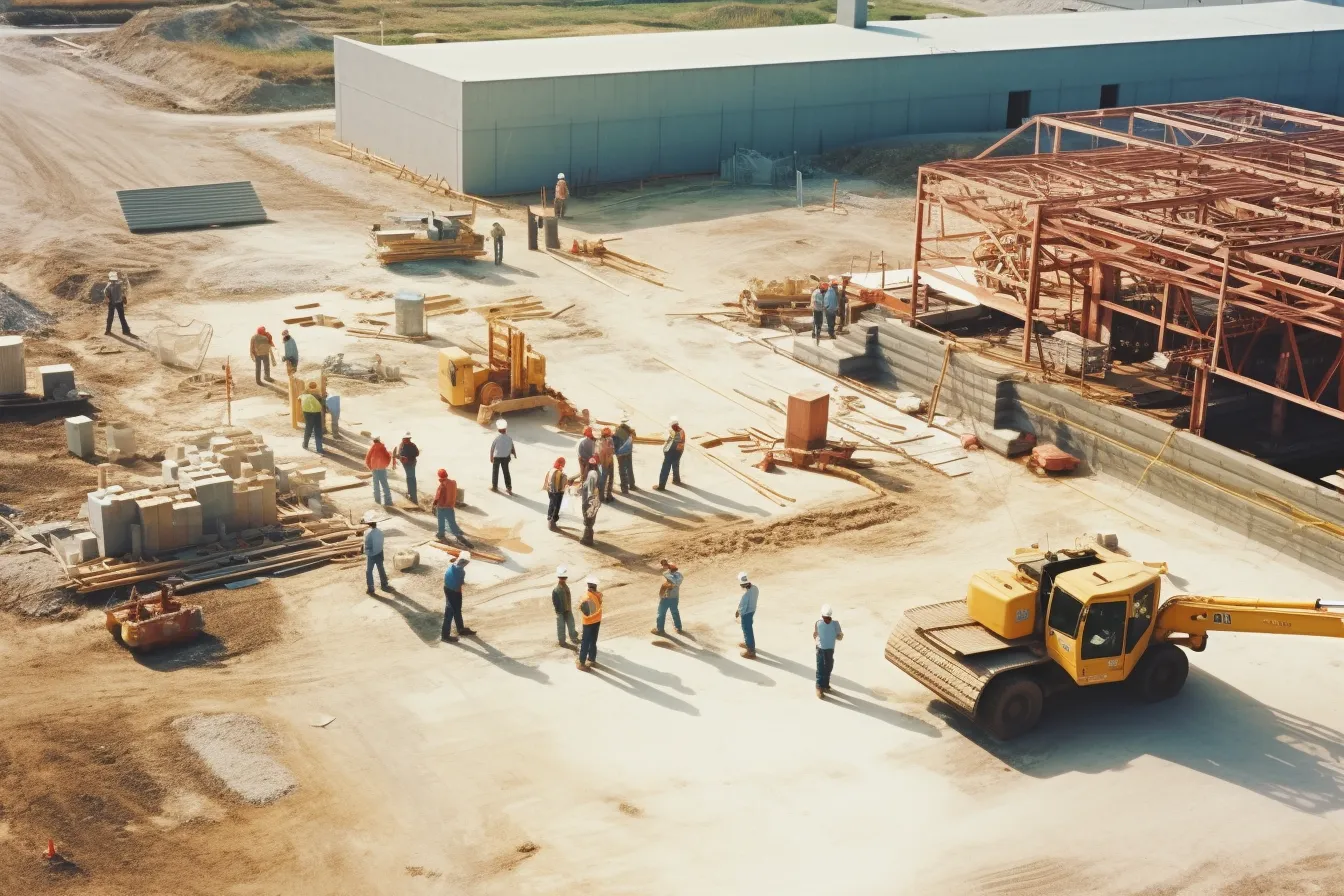Construction waste is a growing concern in building projects across the United States. As environmental awareness continues to rise, it is crucial for construction professionals to understand the impact of waste and take measures to minimize it. This article will provide valuable insights into the importance of understanding and minimizing construction waste, as well as practical strategies for achieving waste reduction goals.
The Environmental Impact
Construction waste has significant environmental consequences, making it vital for the industry to address this issue promptly. The improper disposal of construction waste can lead to pollution of air, water, and soil. When waste materials, such as chemicals or hazardous substances, are not disposed of properly, they can contaminate natural resources and harm ecosystems.
Moreover, construction waste also contributes to greenhouse gas emissions and climate change. The production and transportation of construction materials require energy, resulting in the release of carbon dioxide into the atmosphere. By minimizing waste, builders can reduce their carbon footprint and make a positive impact on the environment.
Understanding Construction Waste
Before tackling the issue of construction waste, it is essential to understand its various forms and sources. Construction waste can include materials such as concrete, wood, metal, glass, and plastic, among others. These materials can originate from demolition sites, construction leftovers, packaging, and even office waste.
Construction waste can be further classified as either inert waste or hazardous waste. Inert waste refers to non-reactive substances that do not pose an immediate threat to the environment. Hazardous waste, on the other hand, contains hazardous substances that can be toxic, flammable, or even explosive. Proper disposal procedures must be followed for hazardous waste to prevent harm to human health and the environment.
Minimizing Construction Waste
Efforts to minimize construction waste can have a positive impact on the environment and a project’s bottom line. By adopting waste reduction strategies, builders can save money, improve efficiency, and enhance their reputation as environmentally responsible professionals. Here are some practical measures for minimizing construction waste:
- Material Planning: Accurately estimate the required materials to avoid overordering and excess waste.
- Reuse and Recycling: Identify materials that can be salvaged or recycled and implement processes to encourage their reuse or recycling.
- Lean Construction Techniques: Embrace lean construction principles to optimize material usage and reduce waste throughout the project lifecycle.
- Training: Educate construction teams about waste management practices, emphasizing the importance of responsible disposal.
- Collaboration: Engage subcontractors, suppliers, and other stakeholders in waste reduction efforts to ensure a comprehensive approach.
The Regulatory Landscape
Various regulations govern the management and disposal of construction waste in the United States. Familiarity with these regulations is crucial to ensure compliance and avoid penalties. The Environmental Protection Agency (EPA) has established guidelines and requirements for handling hazardous waste, which construction professionals should follow diligently.
Furthermore, many states and local jurisdictions have additional regulations and ordinances pertaining to construction waste. It is essential for builders to stay informed about these specific requirements and incorporate them into their waste management plans.
A Responsible Future for Construction
The construction industry has an indispensable role to play in creating a sustainable future. By understanding and minimizing construction waste, professionals in the field can significantly reduce their environmental impact. Waste reduction strategies not only contribute to a healthier planet, but also increase overall project efficiency and profitability.
As the demand for environmentally friendly construction practices continues to grow, staying ahead of waste management trends and regulations is crucial. By adopting a proactive approach, construction professionals can pave the way for a responsible industry that prioritizes sustainability and leaves a positive legacy for future generations.
